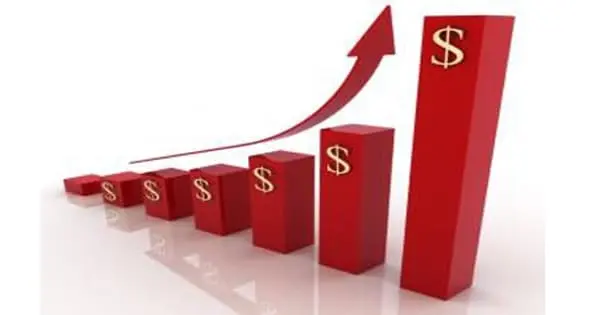The economic phenomenon of asset price inflation occurs when the prices of assets rise and become inflated. Low-interest rates are a common cause of higher asset prices. When interest rates are low, investors can’t make easy money by investing in low-risk assets like government bonds or savings accounts. To obtain a return on their investment, investors must instead purchase other assets such as stocks and real estate, thereby bidding up the price and causing asset price inflation.
Rising asset prices are potentially deceptive indicators of an expanding economy. Even if the stock market rises or real estate prices rise, no real economic goods are directly produced. These values are extremely sensitive and volatile, and they may create the illusion of growth via asset bubbles. When people talk about inflation, they usually mean the price of everyday goods and services, as measured by the Consumer Price Index (CPI). Financial assets are not included in this index. Financial asset inflation should not be confused with consumer goods and services inflation, as prices in the two categories are frequently disconnected.
Shares and bonds (and their derivatives), as well as real estate, gold, and other capital goods, are examples of common assets. They may also include alternative investment assets such as fine art, luxury watches, and venture capital.
Because inflation is commonly understood and perceived as a rise in the price of ‘ordinary’ goods and services, and official and central bank policies in most of today’s world have been explicitly directed at minimizing ‘price inflation,’ asset inflation has received little attention or concern. One example is the housing market, which affects almost every individual household, where house prices have consistently risen by or near a two-digit percentage over the past 25 years, far exceeding the Consumer Price Index.
Possible causes
Some political economists believe that asset inflation is the result of deliberate policies pursued by central banks and political decision-makers to combat and reduce much more visible price inflation. This could be for a variety of reasons, some of which are obvious, while others are more subtle or even disreputable. Some believe it is the result of investors’ natural reaction to the risk of the value of virtually all major currencies declining, which, as in 2012, appears to them to be highly likely due to the tremendous global growth of the mass of money. Their preference for real goods drives up their prices in the absence of any deliberate policies from policymakers.
The risk of a future correction in the housing or equity markets is increased when asset prices are elevated relative to fundamentals. A correction of this magnitude would have a direct impact on banks by lowering the value of collateral backing loans, as well as an indirect impact on confidence, resulting in weaker overall economic activity. As a result, there is no clear distinction between the pursuit of monetary stability and that of medium-term financial stability.
















